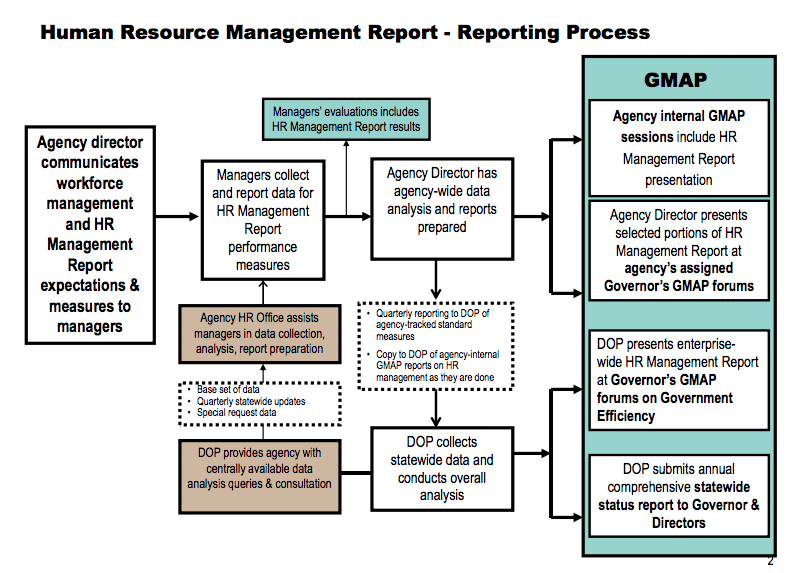Human Resource Reporting
The necessity of Human resource reporting arose primarily as a result of the growing concern for human relations management in industry since the sixties of this century. Behavioural scientists (like R Likert, 1960), concerned with the management of organisations, pointed out that the failure of accountants to value human resources was a serious handicap for effective management. Many people pointed out that it is very difficult to value human resources. Some others have cautioned that people are sensitive to the value others place on them. A machine never reacts to an over or under-valuation of its capacity, but an employee will certainly react to such distortion. Conventionally human resources are treated just as any other services purchased from outside the business unit. As a result conventional balance sheets fail to reflect the value of human assets and hence distort the value of the business. The treatment of human resources as assets is desirable with a view to ensuring comparability and completeness of financial statements and more efficient allocation of funds as well as providing more useful information to management for decision-making purposes. The committee on HRA of the American Accounting Association defined HRA as “the process of identifying and measuring data about human resources and communicating this information to interested parties”. However “Human Resources” are not yet recognised as ‘assets’ in the Balance Sheet. The measures of net income which are provided in the conventional financial statement do not accurately reflect the level of business performance. Expenses relating to the human organisation are charged to current revenue instead of being treated as investments to be amortised over the economic service life, with the result that the magnitude of net income is significantly distorted. However, Human Resource Accounting (HRA) involves accounting for the company’s management and employees as human capital that provides future benefits. In the HRA approach, expenditures related to human resources are reported as assets on the balance sheet as opposed to the traditional accounting approach which treats costs related to a company’s human resources as expenses on the income statement that reduce profit.
Double Entry System Definition, Advantages
